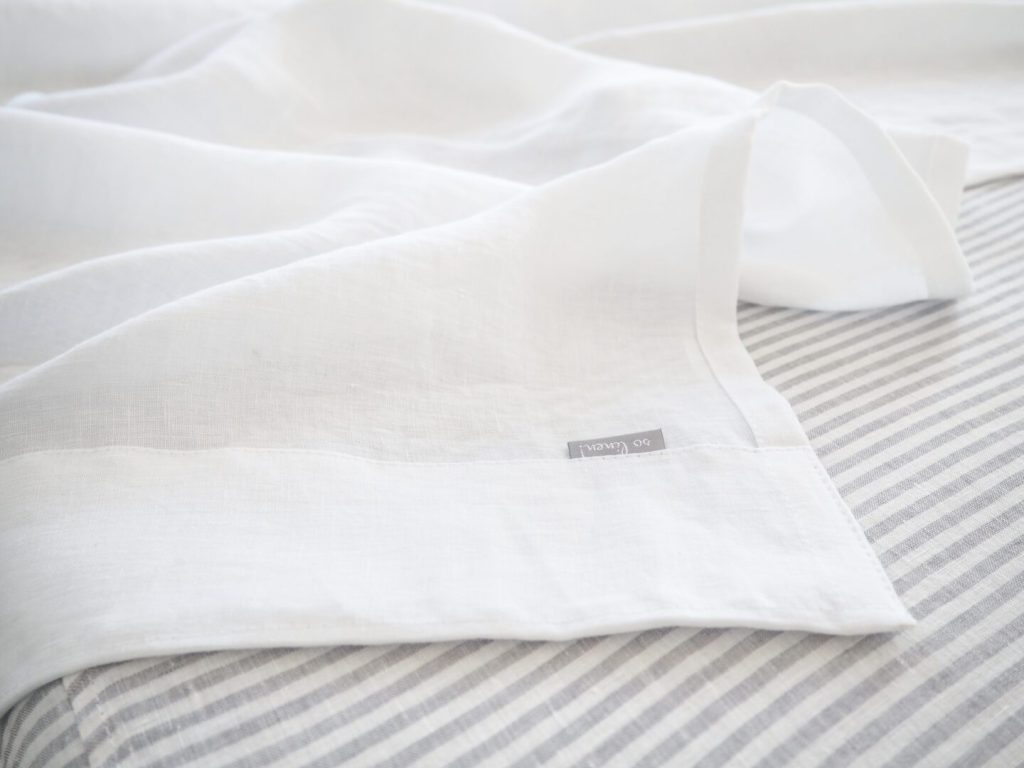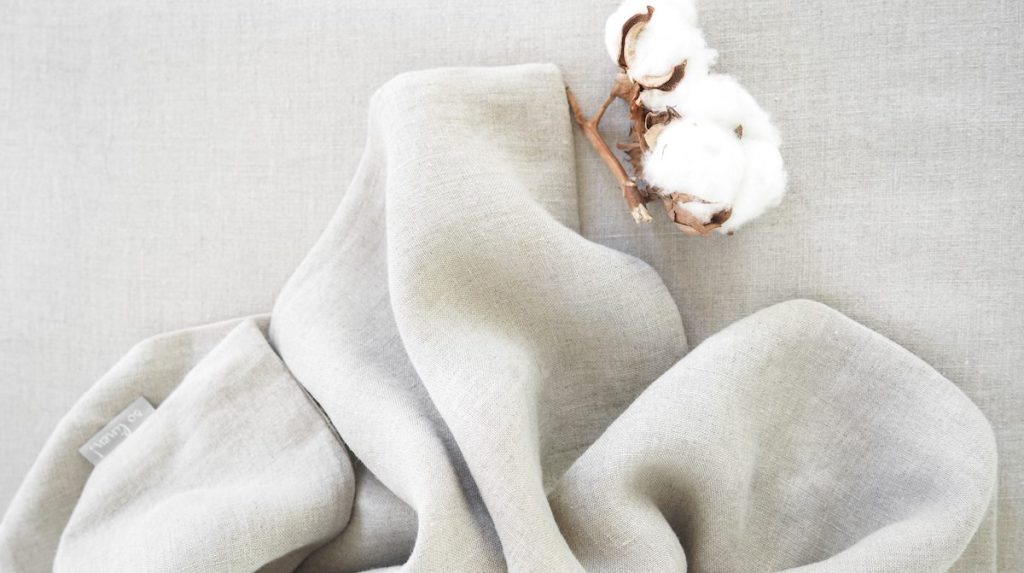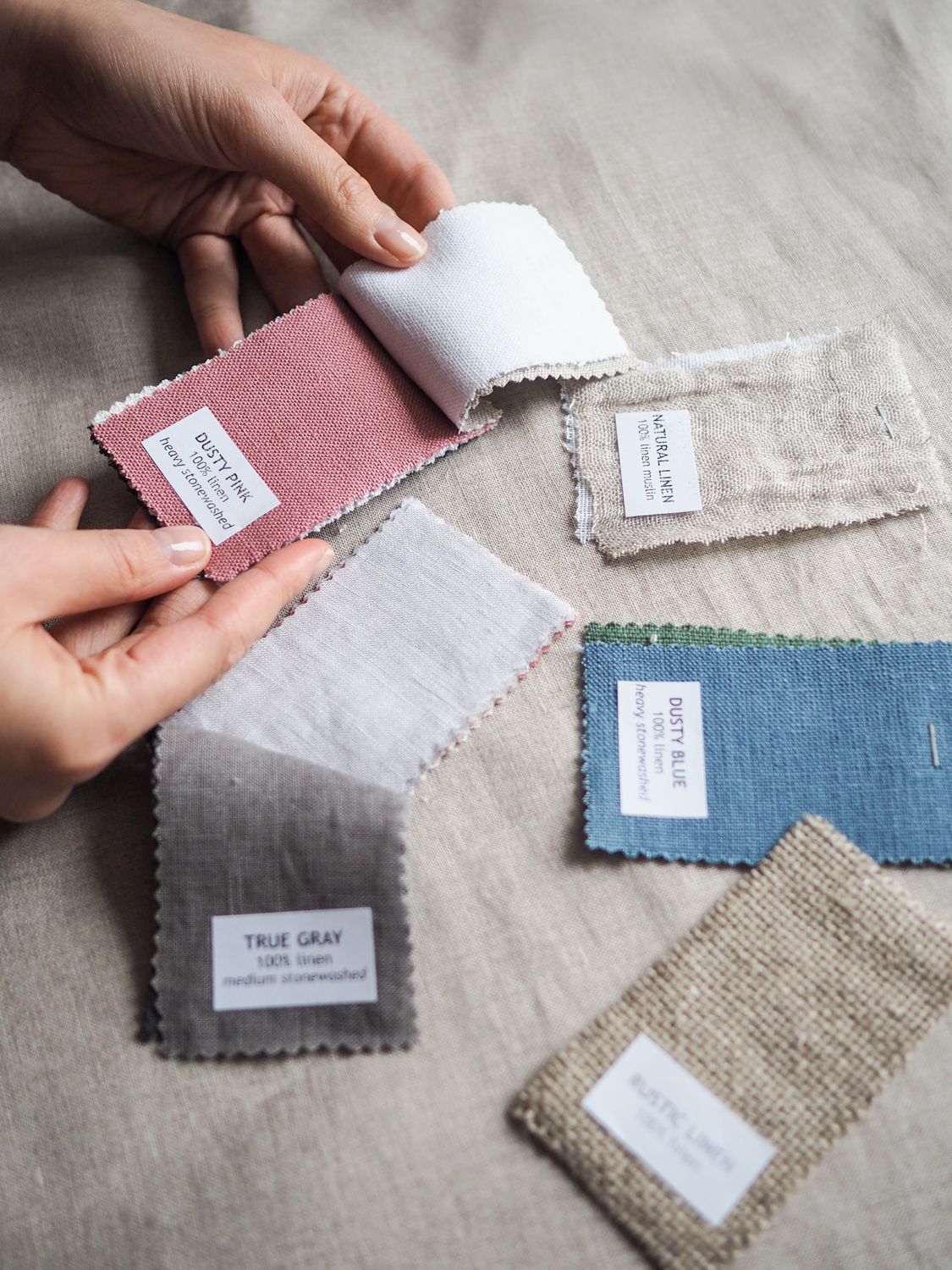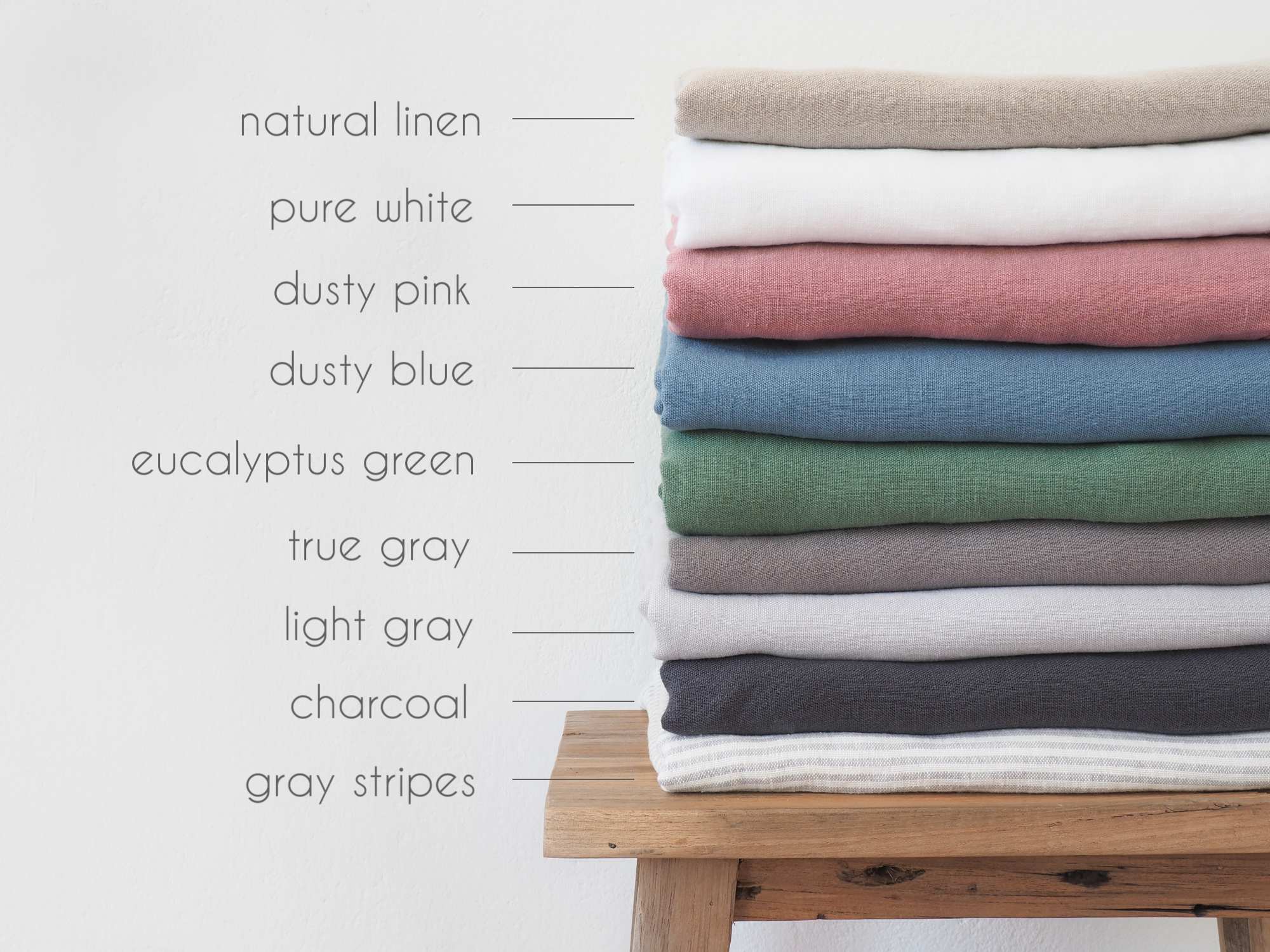Uncategorized
Natural, artificial and synthetic fabrics. Why does the material matter?
NATURAL, ARTIFICIAL AND SYNTHETIC FABRICS
Before we move on to a more detailed description, however, a few words about the classification itself. Currently, we distinguish three groups of fabrics: natural, artificial and synthetic.
The first group are natural fibers. They are distinguished by their plant, animal or mineral origin. In this group, we are talking about obtaining material from various parts of the plant – e.g. seeds in the case of cotton, the stem in the case of linen or leaves when using sisal. Apart from them, there are also materials obtained from the hair of mammals and animal secretions (e.g. silk).
The second group, i.e. artificial fibers, are made of natural resources – including natural polymers such as e.g. cellulose or protein – but then they are chemically treated. Therefore, modal and viscose stand out in this group. The first one is made of wood cellulose and is distinguished by a beautiful, satin shine and sufficient durability. Its biggest advantage is that it absorbs 50% more moisture than cotton.
The latter – comes into existence as a result of chemical treatment of cellulose, obtained mainly from conifers – pines and spruces. Its greatest advantage is the pleasure to touch, and its greatest disadvantage is the tendency to crease and shrink.

The third group consists of synthetic fibers, the production of which is based on synthetic polymers. The fibers themselves are created by chemical treatment, which is as far as possible from natural extraction. This group includes, among others, acrylic, polyester or elastane.
Acrylic is a material obtained by chemical synthesis. Due to its form, it is considered to be a cheaper equivalent of wool, showing extremely low wearing comfort and low breathability. Elastane is very stretchy, it is mainly used as an accessory for clothing or in the lingerie industry. We talk a bit more about polyester below, because it is one of the most harmful – and in part dangerous – materials in this list.
FIRSTLY: WEAR OF MATERIAL
The material is important because its type affects the durability and lifespan of the clothes or textiles. While it is obvious that the materials wear out and lose their quality or colour over time, the wear rate depends on the method of production and the means used. Originally, one might think that synthetic materials should be the most durable. In reality, however, due to ironing, washing or wearing, it is synthetic fabrics that show the greatest tendency to wear and deteriorate. As we read – polyester, polyamide or acrylic easily lose their durability under the influence of higher temperatures, e.g. when ironing. In terms of the durability of binding and all single fibers, natural fabrics – especially linen – lead in this combination, they stay with us for many years.

SECOND: EFFECT ON OUR SKIN
The material is also important in the context of… our body. If you know this uncomfortable feeling of being stale, the accumulation of moisture on the surface of the skin that turns red or has an allergic reaction, you know how unfavourable synthetics turn out to be.
Regardless of whether we are talking about children’s skin, which is 20% thinner than the skin of parents, or adults, it has some protective properties. Thanks to it, we regulate the body temperature, protect ourselves against microorganisms and take care of water and mineral balance. If it encounters a barrier that is difficult to overcome, all these processes are stopped.

During his research, Yao found that polyester disturbs the epidermis hydration process, as a result of which our skin tends to dry out. In addition, he has shown that the rough fibers irritate sensitive skin, causing allergies and burns. Needless to say, how dangerous and unpleasant it is for people with atopic skin disease, right?
In addition, the dyes used (including Disperse Blue or Disperse Red) show strong sensitising and carcinogenic properties. More and more studies also prove that polyester also affects our respiratory system, circulatory system and even the endocrine system. Therefore, it is natural fabrics, such as linen bedding or linen towels, that best care for demanding skin without disturbing thermoregulation, which is important throughout the year.THIRD: IMPACT ON THE ENVIRONMENT
Finally, we must not forget that the way we obtain the material affects our environment. While there is a lot of talk about manufacturing defects and we won’t go into it, little is said about the fact that synthetic materials have a negative impact on the environment … also after shopping. Research from several years ago showed that one wash (e.g. of acrylic sweaters) leaves over 700,000 fibers. These residues are discharged to various sources, reaching rivers or other waterways. Other studies showed that over 70% of fish caught in the Atlantic had remnants of such materials in their bodies. This means that we find microplastic not only in water or the ice cap, but also … in our food.

Of course, natural materials, due to their origin and occurrence in the environment, are not so harmful. In addition, their production uses much less energy (in the form of wood or oil), which in turn is intensively used in the synthetic and artificial industries. As a result, natural materials do not produce harmful gases, which are one of the main causes of global warming. Natural, artificial and synthetic fabrics – we hope that after reading our guide, choosing the right material will be easier and, above all, more conscious.





